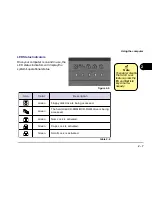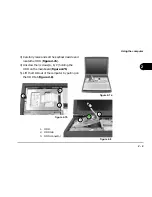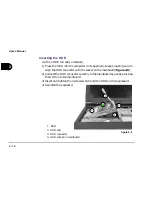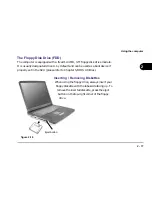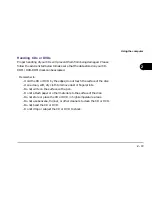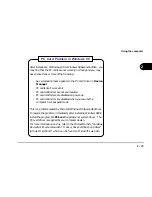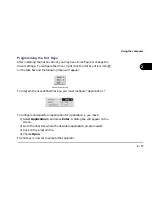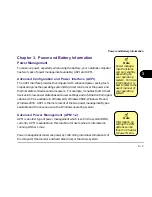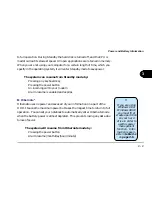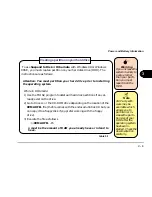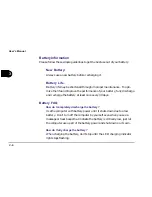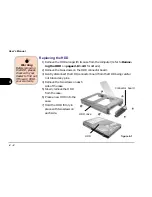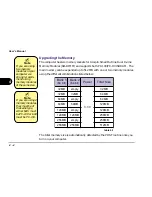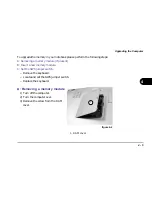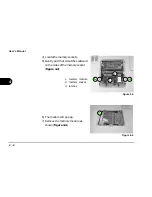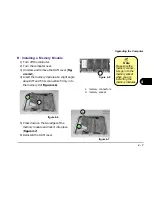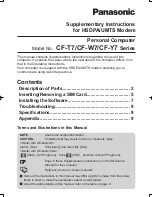
3 - 1
Power and Battery Information
3
Chapter 3. Power and Battery Information
Power Management
To conserve power, especially when using the battery, your notebook computer
has two types of power management available; ACPI and APM.
Advanced Configuration and Power Interface (ACPI)
The ACPI interface provides the computer with enhanced power saving tech-
niques and gives the operating system (OS) direct control over the power and
thermal states of devices and processors. For example, it enables the OS to set
devices into low-power states based on user settings and information from appli-
cations. ACPI is available in Windows 98, Windows 98SE, Windows Me and
Windows 2000. ACPI is the more recent of the two power management types
available and the one you use with a Windows operating system.
Advanced Power Management (APM 1.2)
APM is an older type of power management which is set in the system BIOS,
currently APM is available on this machine for users who are interested in
running DOS or Linux.
Power management conserves power by controlling individual components of
the computer (the monitor and hard disk drive) or the whole system.
Information on
setting the APM
options can be
found in Chapter
5, Power Menu.
Note
Note
Power manage-
ment functions
will vary slightly
depending on
your operating
system. For more
information it is
best to refer to the
user’s manual of
your operating
system.
Summary of Contents for Notebook
Page 1: ......
Page 21: ......
Page 39: ...Notes ...
Page 59: ...Notes ...
Page 96: ...5 19 BIOS Utilities 5 SCU Screen samples Memory Screen Startup Screen ...
Page 97: ...5 20 User s Guide 5 Disks Screen Components Screen ...
Page 98: ...5 21 BIOS Utilities 5 Power Screen Exit Screen ...
Page 99: ...Notes ...
Page 123: ...Notes ...
Page 141: ...A 6 User s Manual A Notes ...

